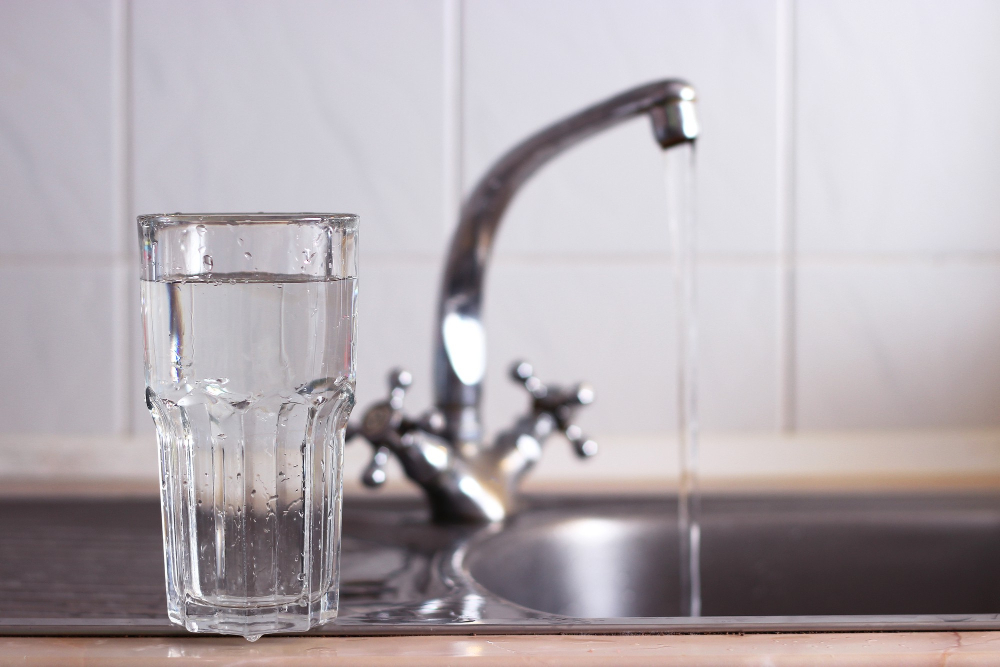Last updated on
Discover the world of dryer sheet alternatives as we explore effective solutions to eliminate static and keep your clothes fresh, soft, and cling-free without relying on traditional methods.
Do you ever get frustrated with static cling on your clothes and linens? It can be a real pain, especially during the dry winter months. While dryer sheets are a popular solution, they can also be expensive and full of chemicals.
Luckily, there are plenty of alternative options that won’t break the bank or harm the environment. In this article, we’ll explore some creative ways to combat static without using traditional dryer sheets.
So grab your laundry basket and let’s get started!
The Cause of Static Cling in Laundry
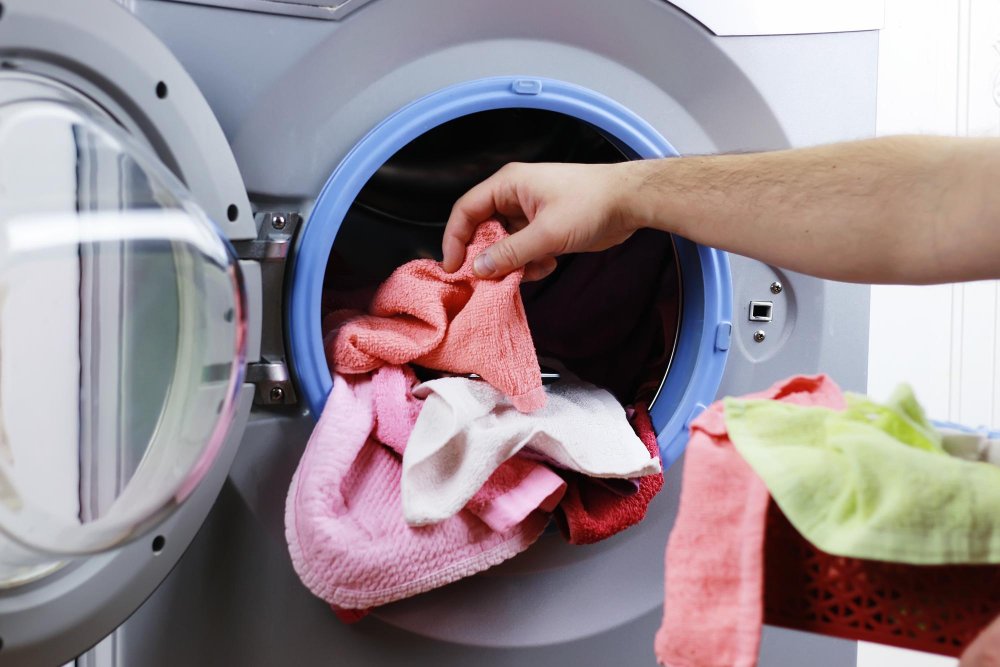
Static cling is a common problem that many of us face when doing laundry. It occurs when clothes rub against each other in the dryer, creating an electrical charge that causes them to stick together.
This can be especially frustrating during the winter months, as dry air exacerbates static buildup.
The main culprit behind static cling is synthetic fabrics like polyester and nylon. These materials are notorious for generating static electricity due to their composition and lack of moisture absorption properties.
Another factor contributing to static buildup is over-drying your clothes in the dryer. When garments are left tumbling for too long, they become excessively dry which makes it easier for them to generate an electric charge.
Understanding the Environmental Impact of Dryer Sheets
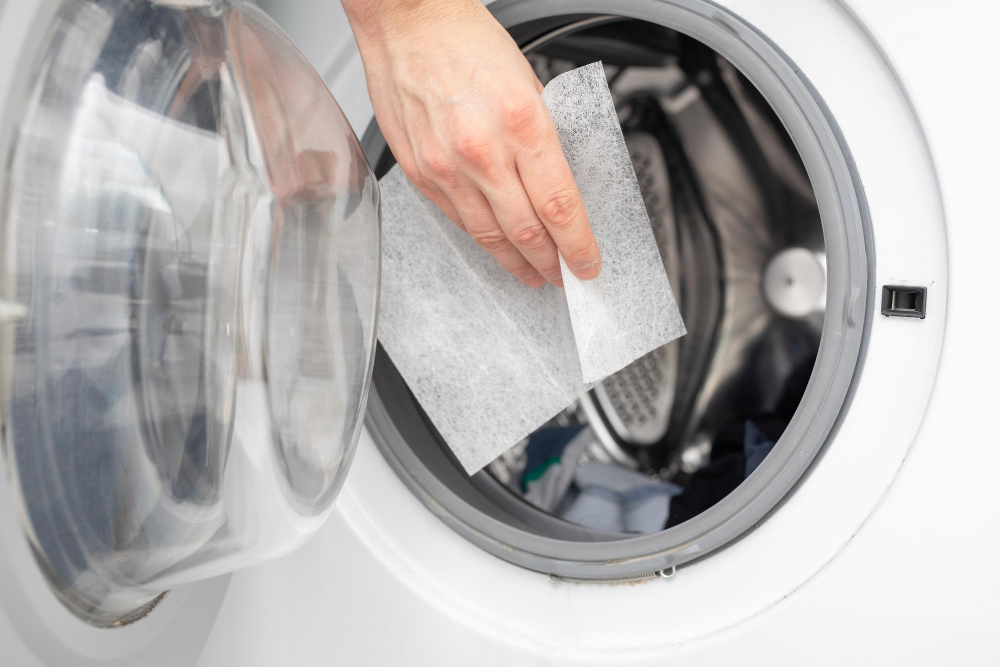
They come with an environmental cost that many people may not be aware of. Most dryer sheets contain synthetic fragrances, which can cause respiratory irritation and contribute to indoor air pollution.
The chemicals in dryer sheets can harm aquatic life when they enter waterways through wastewater.
The production of traditional dryer sheets also requires significant resources such as energy and water usage during manufacturing processes. Furthermore, most used dryer sheets end up in landfills where they take years to decompose.
Are Dryer Sheets Toxic?
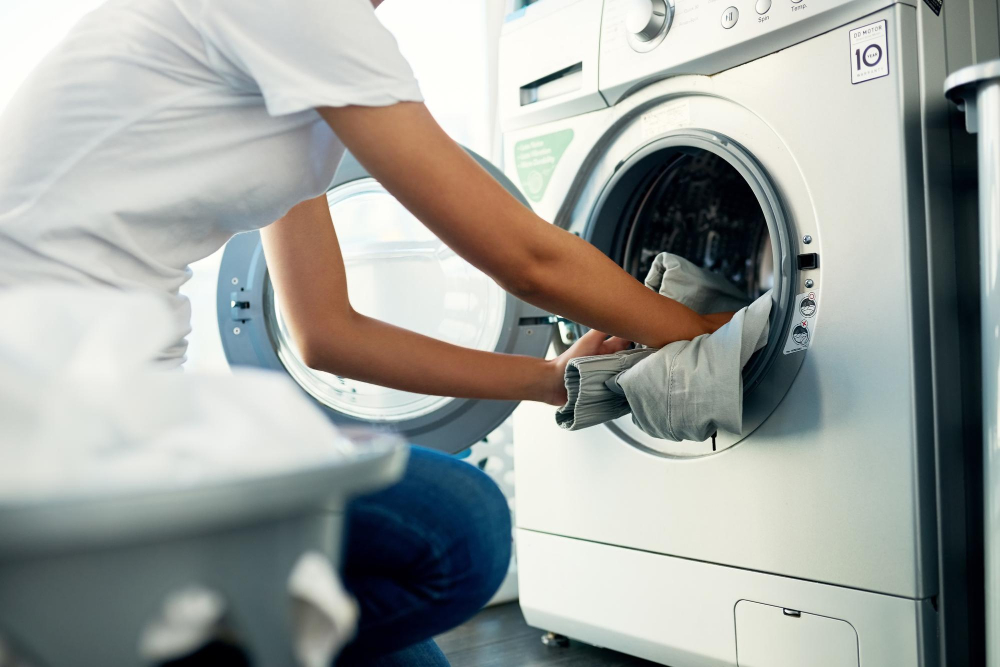
While dryer sheets may seem like a convenient solution to static cling, they can also be harmful to your health and the environment. Many traditional dryer sheets contain chemicals such as benzyl acetate, which is linked to pancreatic cancer, and chloroform, a known carcinogen.
These chemicals are released into the air when heated in the dryer and can cause respiratory issues for those with sensitive lungs.
In addition to being toxic for humans, traditional dryer sheets are also harmful to wildlife when disposed of improperly. The synthetic fibers used in these products do not biodegrade easily and can harm marine life if they end up in waterways.
Fortunately, there are plenty of alternatives available that offer similar benefits without any negative side effects.
Benefits of Alternatives to Dryer Sheets
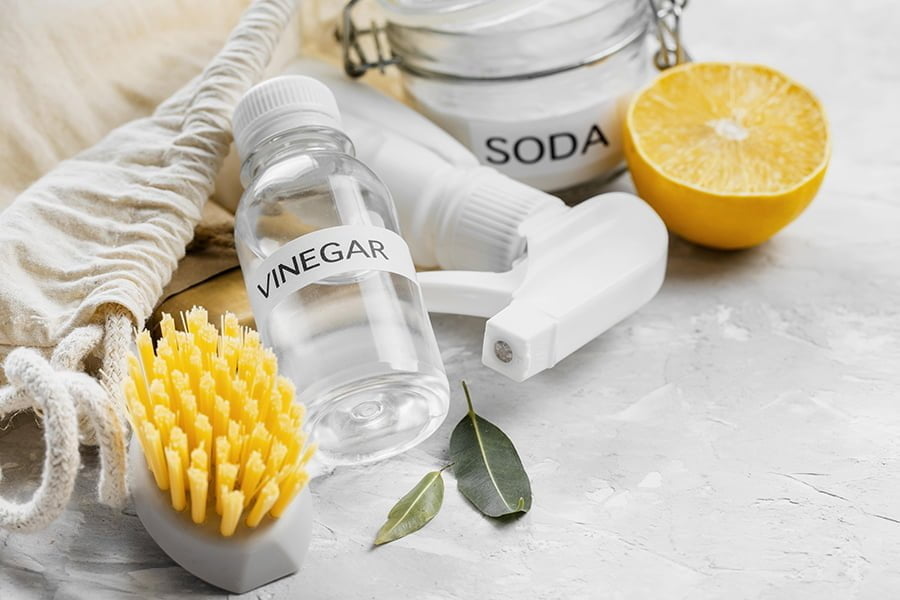
For one, it’s a more sustainable option that can help reduce your carbon footprint. Traditional dryer sheets are often made with synthetic materials and chemicals that can be harmful to the environment when disposed of in landfills.
Another benefit is cost savings. Dryer sheet alternatives like wool balls or vinegar are reusable and last for months, unlike traditional dryer sheets which need to be replaced after each use.
Using natural alternatives means you’re not exposing yourself or your family members to potentially harmful chemicals found in commercial products. Many people have sensitivities or allergies to fragrances and other ingredients commonly used in traditional laundry products.
Using alternative methods allows you greater control over the scent of your laundry as well as its softness level without relying on artificial fragrances or harsh chemical softeners.
Wool Dryer Balls: A Sustainable Choice
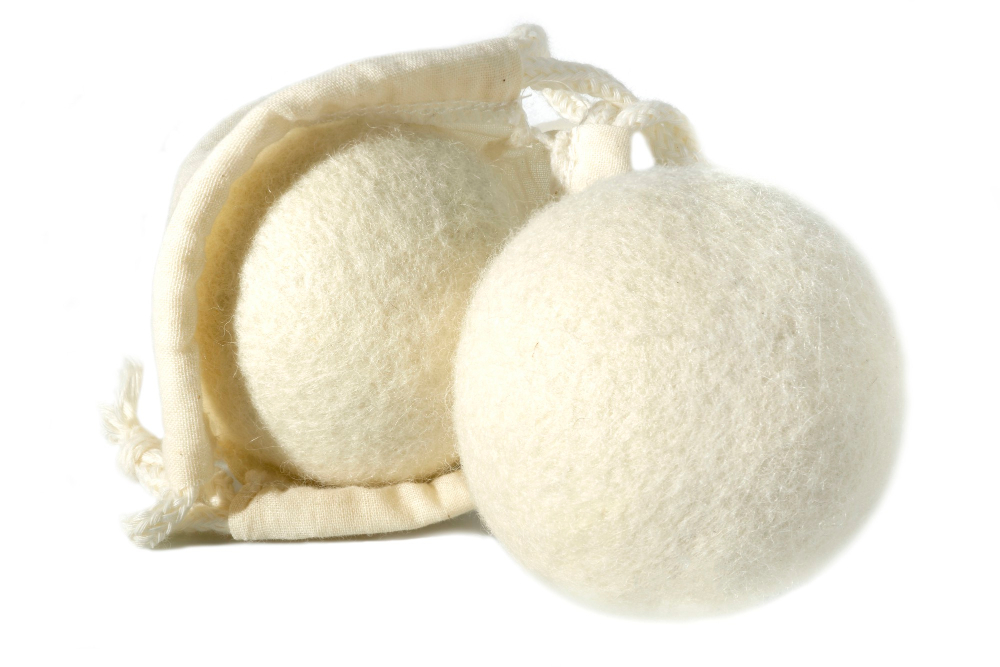
They are made from 100% natural wool and work by bouncing around in the dryer, separating clothes and allowing hot air to circulate more efficiently. This helps reduce drying time, which saves energy and money on your electricity bill.
Not only do wool dryer balls help with static reduction, but they also soften fabrics without the use of chemicals or synthetic fragrances. Plus, they can be reused for up to 1,000 loads of laundry before needing replacement.
When shopping for wool dryer balls, look for ones that are ethically sourced and cruelty-free. Some companies even offer organic options if you’re looking for an extra eco-friendly choice.
Silicone Dryer Balls
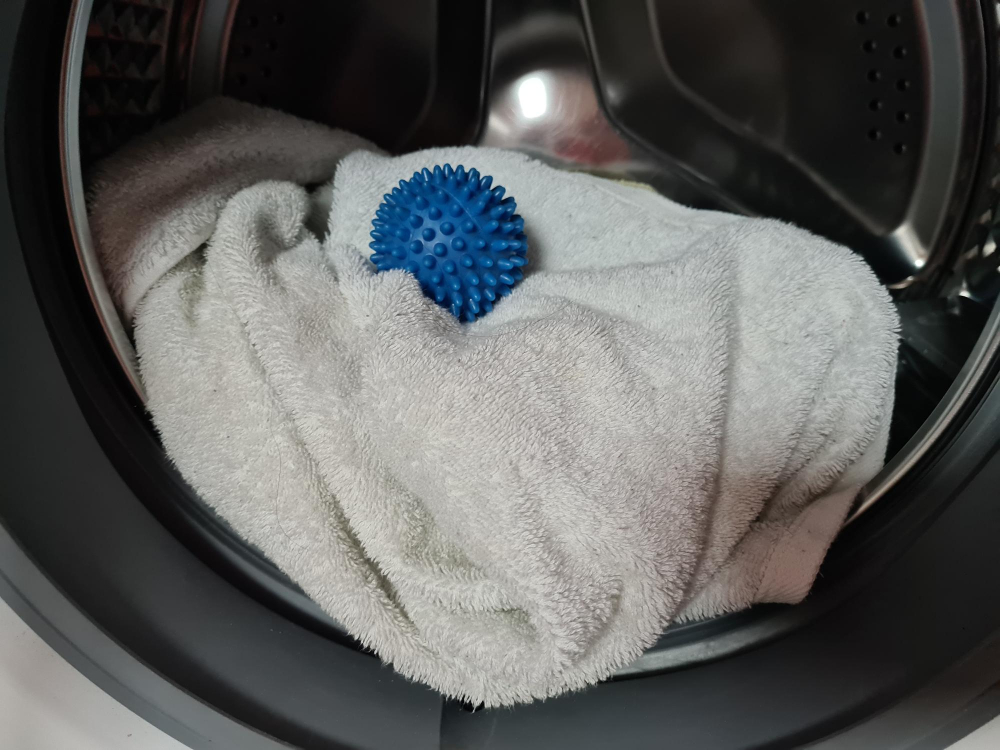
They work by bouncing around in the dryer, separating clothes and allowing hot air to circulate more efficiently. This helps reduce drying time, which can save energy and money on your utility bill.
Unlike wool dryer balls, silicone ones do not shed fibers or require replacement over time. They are also hypoallergenic and safe for people with sensitive skin or allergies.
To use silicone dryer balls effectively, simply toss them into the drum of your machine along with your laundry before starting the cycle. You can add a few drops of essential oils if you want to infuse your clothes with natural scents.
Vinegar As a Softener and Static Reducer
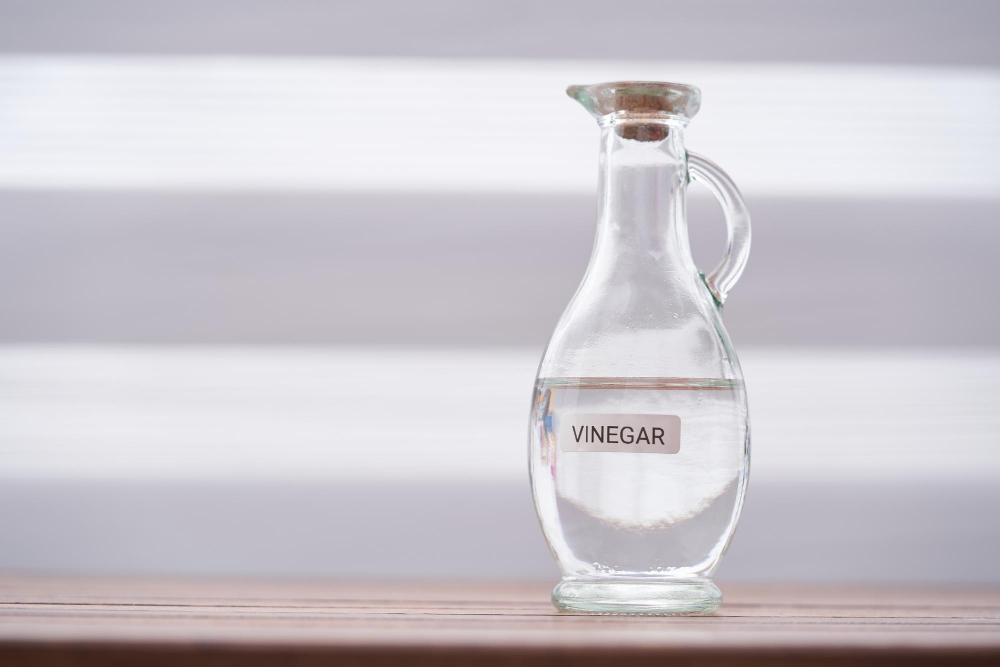
It’s an affordable and eco-friendly alternative to traditional dryer sheets, which often contain harsh chemicals that can irritate sensitive skin.
To use vinegar in your laundry routine, simply add half a cup of white vinegar to the rinse cycle of your washing machine. The acidity in the vinegar helps break down any leftover detergent residue on your clothes while also reducing static cling.
Not only does using vinegar help soften fabrics and reduce static cling, but it also has other benefits such as removing odors from clothing. Plus, it won’t leave behind any strong scent like some commercial fabric softeners do.
If you’re hesitant about using plain white vinegar on its own or don’t like the smell of it when doing laundry – try adding essential oils to give your clothes a fresh scent! Simply mix 10-15 drops of essential oil with one cup of distilled white vinegar before adding it into the rinse cycle.
Baking Soda for Static Control
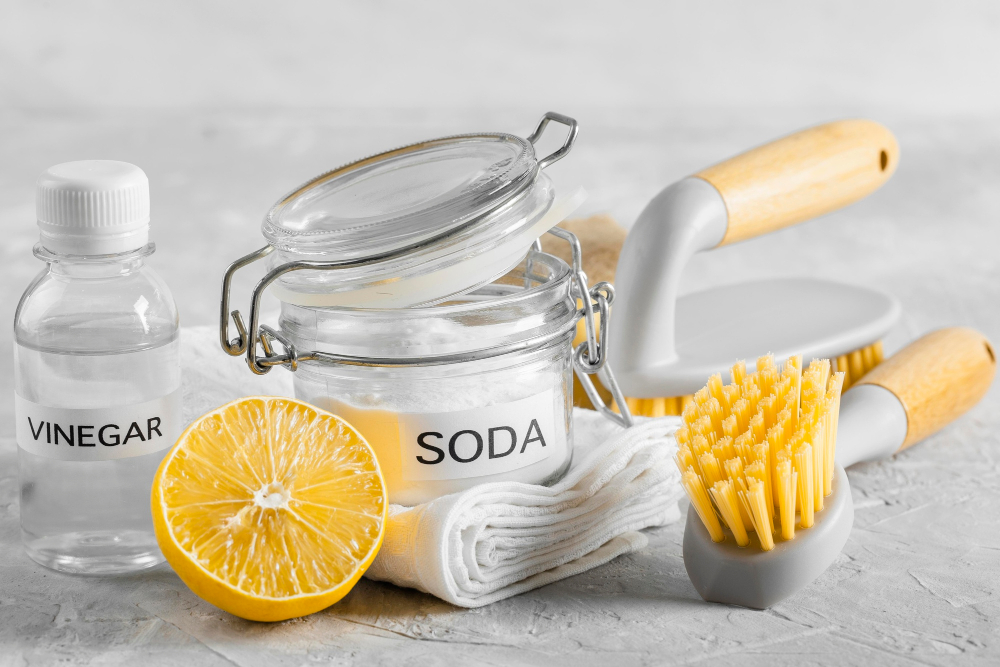
Adding half a cup of baking soda to your wash cycle can help neutralize the electric charge on clothing fibers and reduce static buildup. Baking soda also has natural deodorizing properties, which means it will leave your clothes smelling fresh and clean.
To use baking soda as a fabric softener and static reducer, simply add it to the washing machine during the rinse cycle or sprinkle some directly onto your clothes before placing them in the dryer. You can also make homemade dryer sheets by soaking small pieces of cloth in water mixed with vinegar and baking soda.
While using baking soda may not completely eliminate all instances of static cling, it is an effective alternative to traditional dryer sheets that won’t harm you or the environment. Plus, since most households already have this ingredient on hand for cooking or cleaning purposes anyway, using it as part of your laundry routine is both convenient and cost-effective.
Aluminum Foil for Static Control
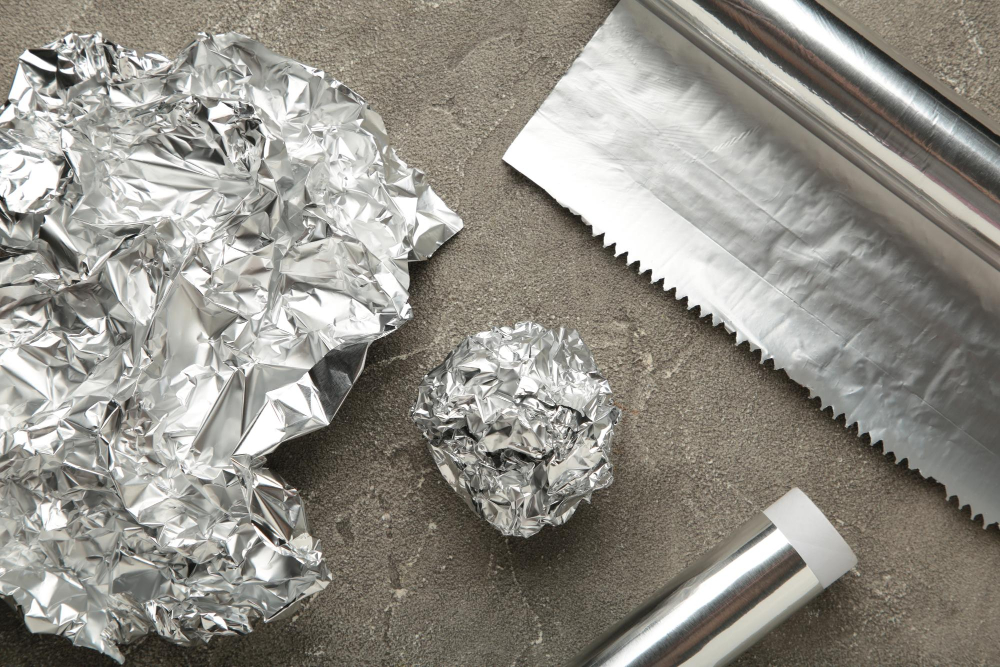
Simply crumple up a sheet of aluminum foil into a ball and toss it in the dryer with your clothes. The aluminum will discharge any static buildup, leaving your laundry soft and cling-free.
This method is particularly useful for larger items like blankets or comforters that tend to generate more static electricity during the drying process. Plus, using aluminum foil instead of traditional dryer sheets means you’re not exposing yourself or your family to potentially harmful chemicals.
While this technique may seem unconventional, many people swear by its effectiveness at reducing static cling in their laundry.
Reusable Dryer Sheets: Eco-friendly Option
These reusable sheets work by absorbing moisture and reducing friction in the dryer, which helps prevent static cling. They can be used over and over again, making them a cost-effective alternative to traditional disposable dryer sheets.
To use reusable dryer sheets, simply toss one or two into your next load of laundry. When you’re done drying your clothes, remove the sheet(s) and store them in a safe place until you need them again.
Some brands even come with storage containers that make it easy to keep track of your reusable sheets.
One thing to keep in mind when using these types of products is that they may not provide as strong an odor as traditional fabric softeners or scented disposable dryersheets do. However, if you prefer unscented laundry or have sensitive skin that reacts poorly to fragrances found in many commercial products then this could be an ideal solution for you!
Eco Nuts for Laundry
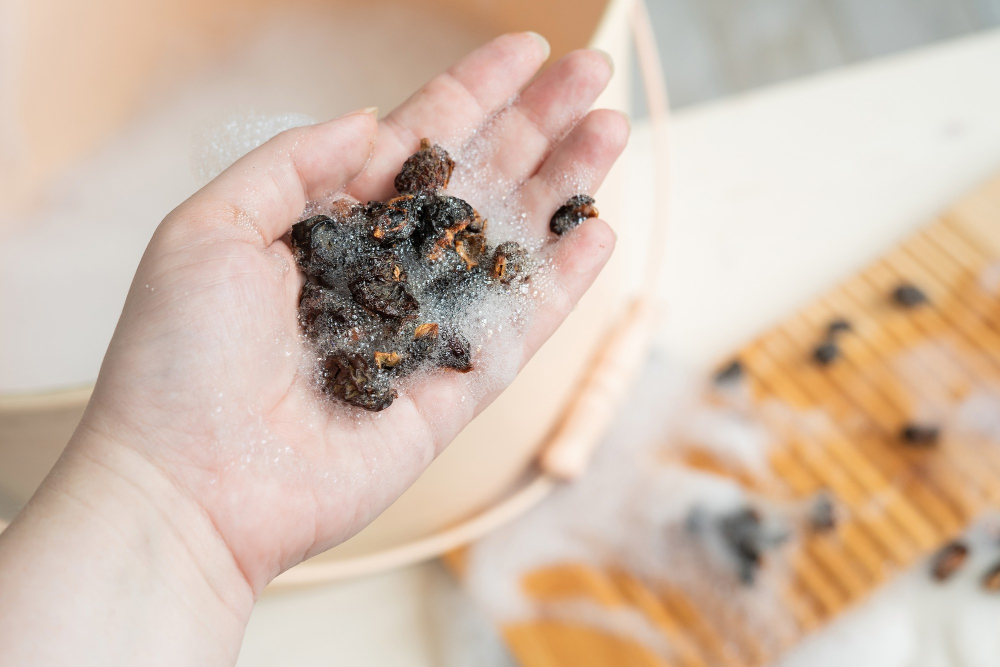
They come from the dried fruit of the Sapindus mukorossi tree, which is native to India and Nepal. The shells of these nuts contain saponin, a natural soap that effectively cleans clothes without harsh chemicals or synthetic fragrances.
To use Eco Nuts for laundry, simply place 4-5 nuts in a small muslin bag (included with purchase) and toss it into your washing machine along with your clothes. The nuts can be reused up to 10 times before they need to be replaced.
Not only are Eco Nuts gentle on sensitive skin and safe for septic systems, but they also help reduce plastic waste by eliminating the need for plastic detergent bottles. Plus, they’re affordable! One box of Eco Nuts can last up to six months depending on usage.
Ice Cubes for Static Reduction

Simply toss a few ice cubes into the dryer with your clothes and run it on low heat for about 10 minutes. The melting ice will create steam, which helps to eliminate static buildup.
This method is particularly useful if you’re short on time or don’t have any other alternatives available. It’s also an eco-friendly option since it doesn’t require any additional products or chemicals.
However, keep in mind that this method may not work as well for larger loads of laundry or heavier fabrics like towels and blankets. Be sure to remove the ice cubes before running the dryer at higher temperatures to avoid damaging your machine.
Essential Oils for Natural Scent and Static Relief

These oils come in a variety of fragrances, from calming lavender to invigorating peppermint. To use essential oils in your laundry routine, simply add a few drops onto wool dryer balls or cotton cloths and toss them into the dryer with your clothes.
Not only do these essential oil-infused items help reduce static cling, but they also leave behind a pleasant scent that can last for days. Plus, using essential oils is an eco-friendly alternative to traditional fabric softeners and dryer sheets that often contain harsh chemicals.
Some popular choices for reducing static include tea tree oil and lemon oil due to their antistatic properties. Lavender oil is known for its relaxing aroma which can help you unwind after a long day at work.
When selecting an essential oil brand be sure it’s pure without any additives or synthetic ingredients as this could damage clothing fibers over time.
Lavender Dryer Bags and Sachets
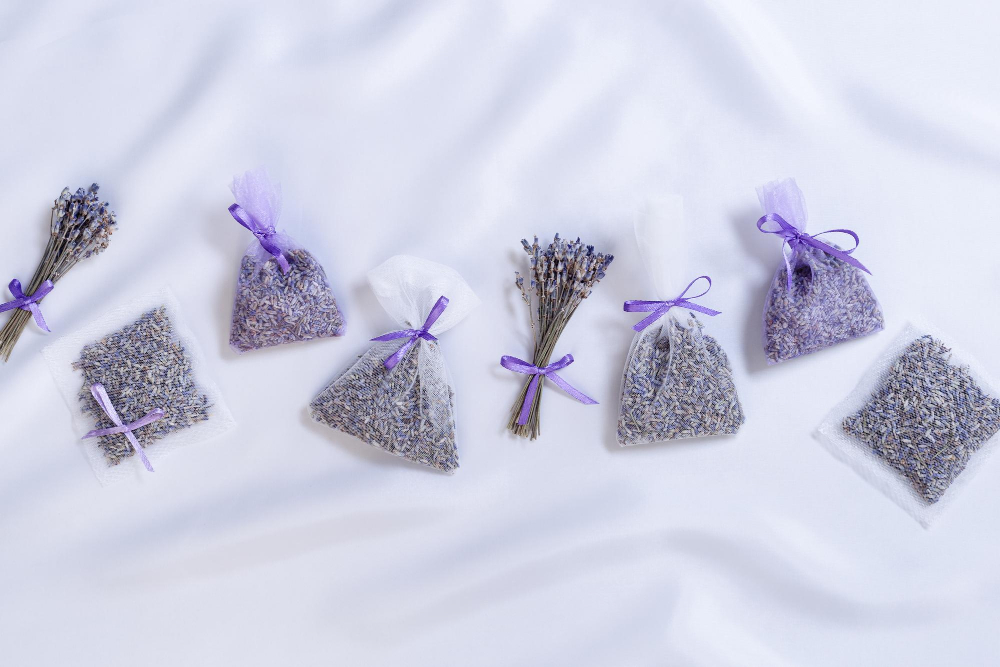
These small bags or pouches are filled with dried lavender flowers, which release their fragrance during the drying cycle. Not only do they smell great, but lavender also has calming properties that can help you relax and destress.
To use them, simply toss one or two sachets into the dryer with your clothes. You can make your own by filling small muslin bags with dried lavender buds or purchase pre-made ones from specialty stores.
One of the benefits of using lavender dryer bags is that they’re reusable – just refresh them every few loads by adding a drop or two of essential oil onto the bag before tossing it in the dryer again.
In addition to reducing static cling and adding fragrance, some people believe that using these sachets may also repel moths and other insects from clothing storage areas due to its natural insect-repelling properties.
Drying Clothes On a Line: Old-fashioned Solution
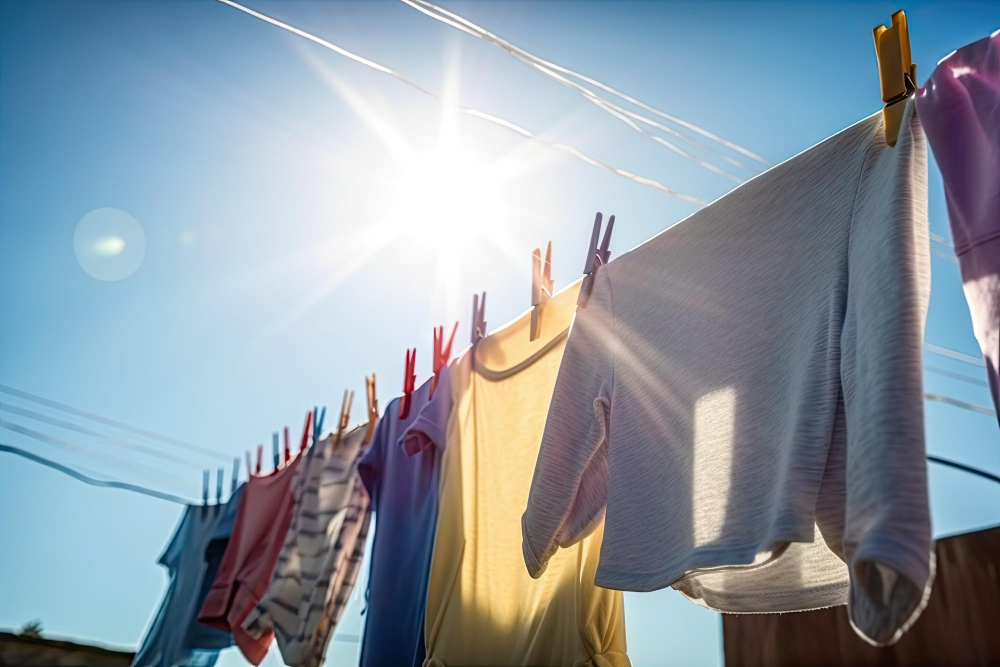
It’s also one of the most eco-friendly and cost-effective ways to dry your laundry while reducing static cling. By hanging your clothes outside, you’re not only saving money on electricity but also minimizing the environmental impact of using a dryer.
One of the benefits of drying clothes on a line is that it helps prevent static buildup in fabrics. When clothing rubs against each other in the dryer, it creates friction which can lead to static cling.
Hanging them outside allows air to circulate freely between garments, preventing this from happening.
Another advantage is that sunlight acts as a natural disinfectant and deodorizer for clothing, leaving them smelling fresh without any added chemicals or fragrances.
Humidity Control for Static Reduction
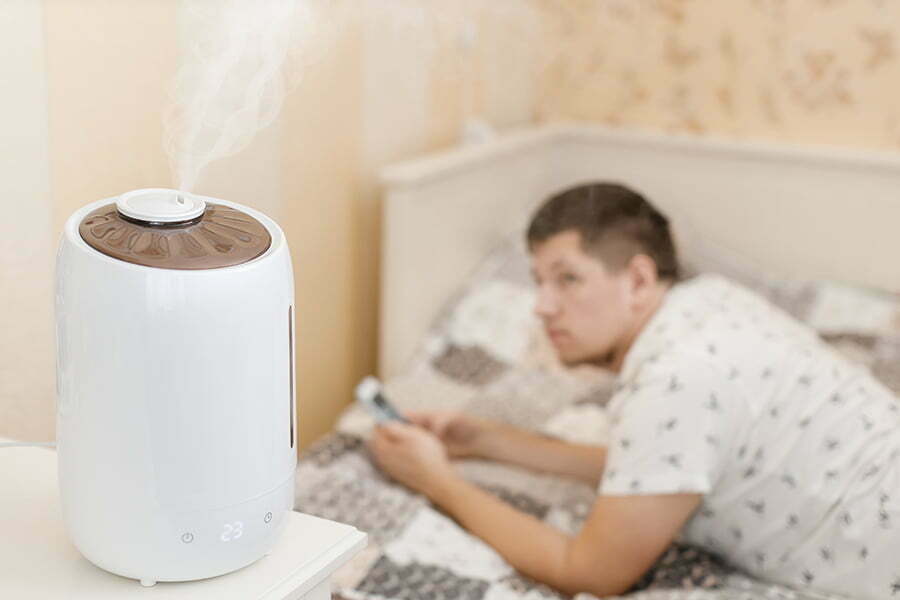
Dry air can cause electrons to build up on clothing, creating an electrical charge that results in static cling. One way to combat this is by increasing the humidity level in your home or laundry room.
Using a humidifier can help add moisture to the air and reduce static cling. You don’t need anything fancy; even a small tabletop model will do the trick.
Alternatively, you could place bowls of water around your home or near your dryer while doing laundry.
Another option is to hang damp towels near your clothes as they dry, which will release moisture into the air and prevent excess drying that leads to static buildup.
Selecting the Right Detergent to Minimize Static
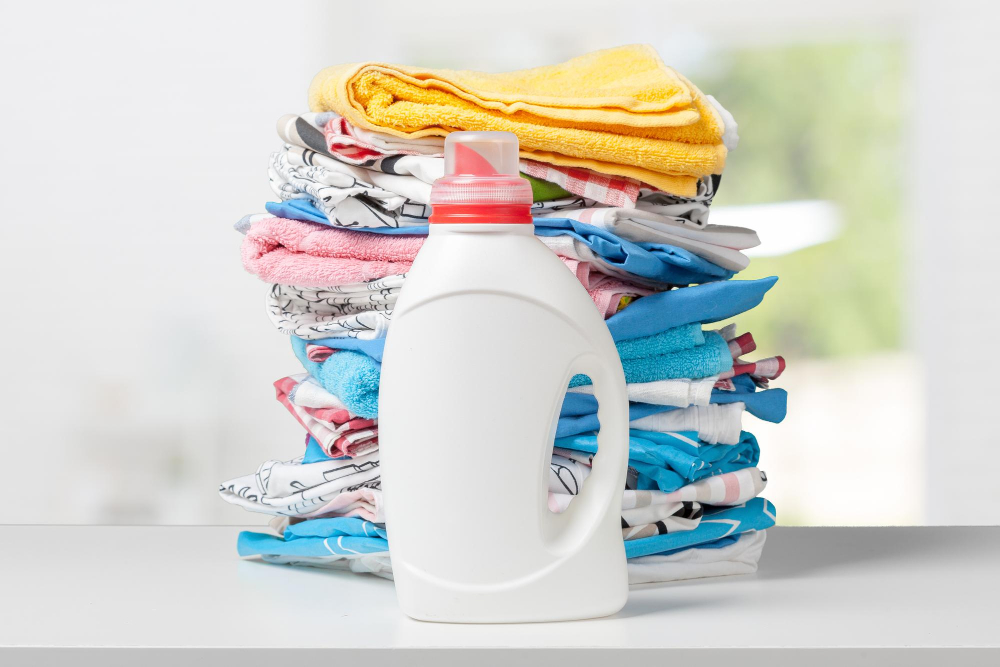
Some detergents contain ingredients that contribute to static buildup, while others are formulated specifically to minimize it. Look for detergents labeled as “anti-static” or “static-reducing.” These products typically contain additives that help neutralize electrical charges and prevent them from building up on fabrics.
Another factor to consider is the pH level of your detergent. Detergents with a higher pH tend to leave clothes with more positive charges, which can lead to increased static cling.
Opt for a lower-pH detergent instead.
It’s also important not to overload your washing machine or dryer when doing laundry as this can cause friction between garments and increase the likelihood of static buildup.
Tips for Preventing Over-drying and Static Buildup
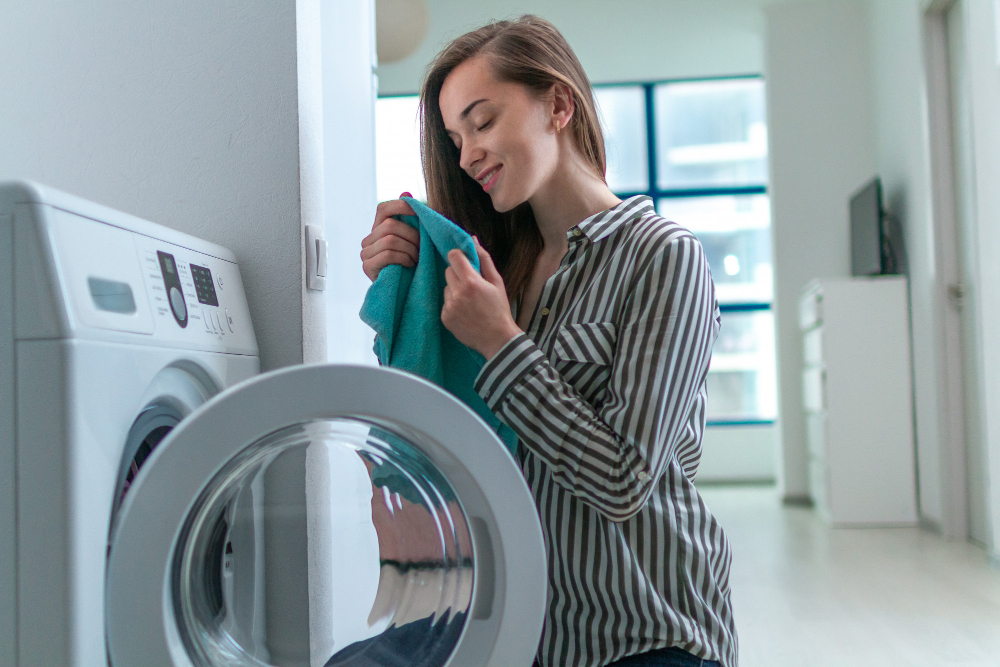
When clothes are dried for too long, they become excessively dry and can create friction against each other, leading to static cling. To prevent this from happening, it’s important to pay attention to your dryer settings and avoid over-drying your clothes.
Here are some tips for preventing over-drying and reducing static buildup:
1. Use a moisture sensor: Many modern dryers come equipped with moisture sensors that detect when the clothes are dry and automatically shut off the machine.
This helps prevent over-drying while also saving energy.
2. Set a shorter drying time: If you don’t have a moisture sensor on your dryer, try setting a shorter drying time than usual so that you can check on your laundry more frequently.
3. Add damp items: Adding damp towels or washcloths into the dryer load can help reduce static by introducing some humidity into the mix.
4. Avoid overcrowding: Overcrowding your dryer prevents air from circulating properly around all of the clothing items which leads to uneven drying times resulting in overdried fabrics causing more friction between them leading up-to-static build-up.
Pros and Cons of Skipping the Drying Cycle
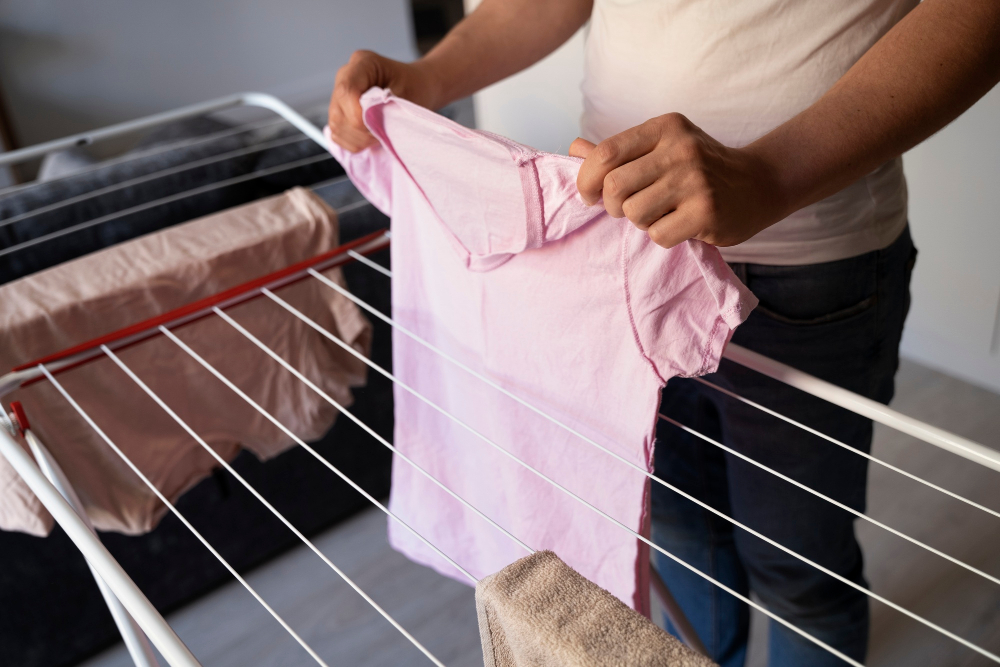
If you’re in a hurry or have limited space for air-drying, skipping the dryer may not be an option. However, if you can plan ahead and allow enough time for your clothes to dry naturally on a line or rack, there are several benefits.
One of the biggest advantages of air-drying your laundry is that it eliminates static cling without any additional effort or expense. Plus, hanging clothes outside in fresh air gives them a natural scent that no fabric softener can replicate.
Another benefit of skipping the dryer cycle is that it reduces wear and tear on your clothing. High heat from dryers can cause shrinkage and damage delicate fabrics over time.
Air-drying helps preserve colors and fibers while extending their lifespan.
On the downside, line drying takes longer than using a machine which means planning ahead when doing laundry becomes necessary as well as having adequate space indoors/outdoors to hang up wet garments. Skipping the drying cycle has its pros (energy-saving & preserving clothing) but also cons (time-consuming & weather-dependent).
Saving Money With Dryer Sheet Alternatives
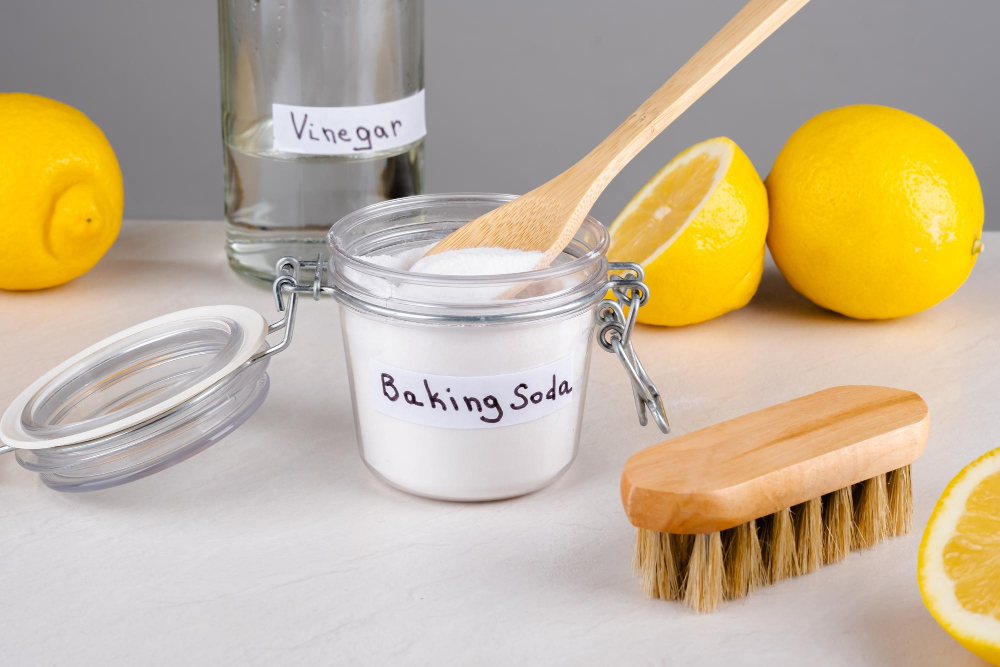
Traditional dryer sheets can be expensive, especially if you do a lot of laundry. By switching to more sustainable options like wool dryer balls or reusable fabric sheets, you’ll not only reduce your environmental impact but also cut down on costs over time.
Another way to save money with alternative solutions is by making them yourself at home. For example, vinegar and baking soda are both affordable household items that work wonders as natural softeners and static reducers when added to your wash cycle.
By exploring different options for reducing static cling without relying on traditional dryer sheets, you’ll find plenty of ways to keep your clothes fresh and clean while saving some cash along the way!
FAQ
What can you use instead of dryer sheets for static?
Instead of dryer sheets for static, you can use aluminum foil shaped into a ball and added to your laundry to reduce static cling and separate clothes.
How do you get rid of static cling without dryer sheets?
To get rid of static cling without dryer sheets, spray a clean washcloth or other fabric with white vinegar and add it to the dryer with your laundry, as it effectively keeps the air damp and reduces cling.
How do you make homemade static dryer sheets?
To make homemade static dryer sheets, dampen a washcloth with a few sprinkles of white or apple cider vinegar and toss it in the dryer with your wet laundry for dry and static-free clothes.
Can you put aluminum foil in the dryer for static?
Yes, you can put a ball of aluminum foil in the dryer to reduce static electricity and keep clothes crisp, without leaving grime on clothing, and it is reusable for 1-2 months.
Are there any natural ingredients that can be used as an alternative to dryer sheets for static control?
Yes, using white vinegar in the rinse cycle or adding wool dryer balls to the dryer can serve as natural alternatives for static control.
What are the benefits of using dryer sheet alternatives in terms of environmental impact and fabric care?
Dryer sheet alternatives offer environmental benefits by reducing waste and chemical pollution, and provide better fabric care by avoiding potential damage caused by artificial fragrances and chemicals.
Do wool dryer balls effectively reduce static in comparison to traditional dryer sheets?
Wool dryer balls effectively reduce static in comparison to traditional dryer sheets.
Recap
Liked this article? Here's what you can read next:



